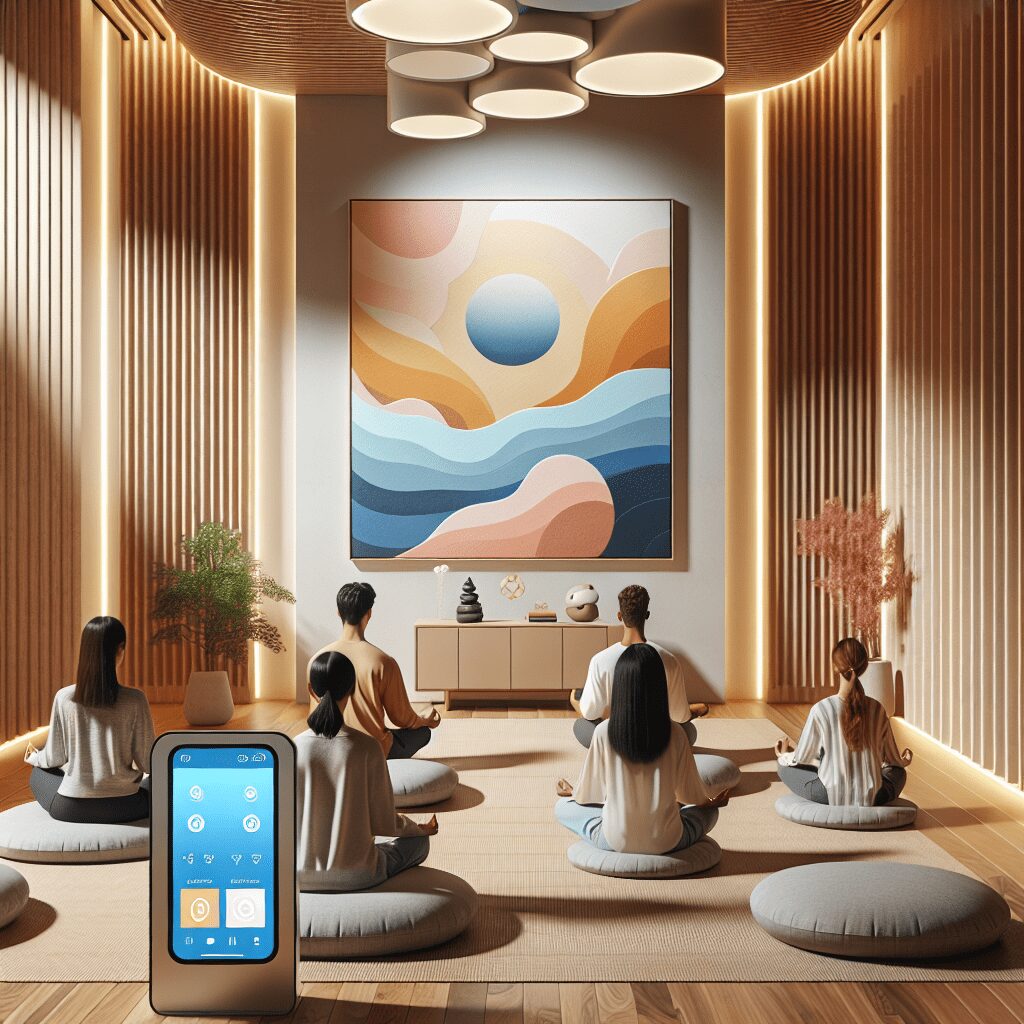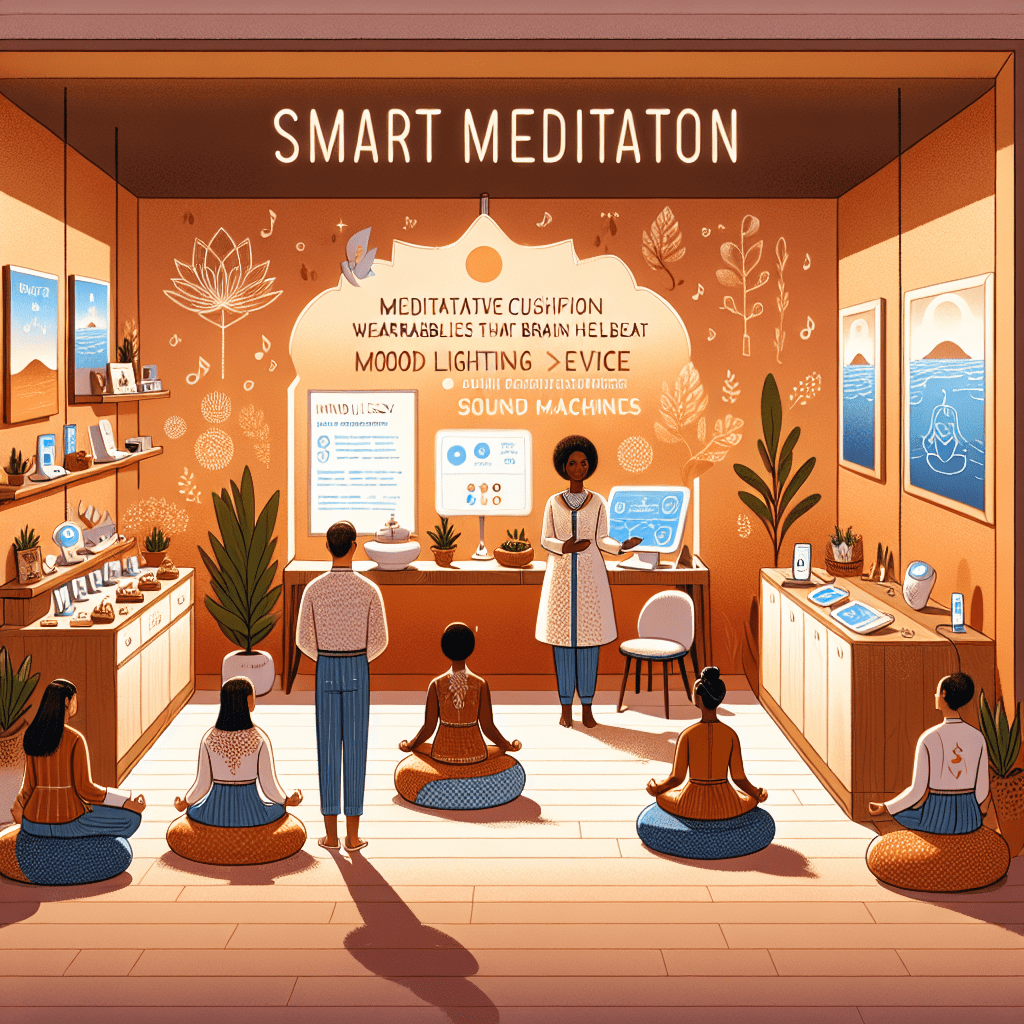
Prioritize your mental well-being daily. Enhance your life by nurturing your mental health with the Smart Meditation app. Break free from stress, alleviate anxiety, and enhance your sleep quality starting today.
What Can A 27 Year Old With Depression And Anxiety Get Help That Lives In Ohio?
Navigating the Labyrinth: Finding Mental Health Support in Ohio
In the heart of the Midwest, Ohio stands as a beacon of hope for individuals grappling with the twin challenges of depression and anxiety. If you happen to be one of the many 27-year-olds wrestling with these issues, fret not! The Buckeye State is replete with avenues for support that cater to your unique needs. From sprawling urban centers like Cleveland and Columbus to the tranquil serenity of rural townships, help is closer than you might think. Let’s delve into the myriad resources at your disposal, helping you chart a course towards improved well-being.
A Comprehensive Guide to Mental Health Resources
1. Professional Counseling Services
First things first, getting in touch with a mental health professional can make a world of difference. Whether it’s a psychologist, counselor, or psychiatrist, these experts can offer personalized treatment plans including therapy, medication, or a combination of both. Ohio boasts a wide network of practitioners:
-
Community Mental Health Centers (CMHCs): These centers provide a full spectrum of mental health services on a sliding fee scale, ensuring affordability doesn’t stand in the way of your wellness journey.
-
Private Practices: If you’ve got insurance coverage or the means to pay out-of-pocket, private practices offer more personalized care settings. Websites like Psychology Today can help you filter professionals by location, specialty, and insurance acceptance.
2. Online Therapy Platforms
Sometimes, stepping out of the house can feel like climbing Everest. Thankfully, we live in an age where technology bridges gaps. Online therapy platforms like Talkspace or BetterHelp bring professional counseling right to your fingertips. What’s more? They offer flexibility in scheduling and communication modes, including text, voice, or video calls.
3. Support Groups: The Strength of Shared Experiences
Don’t underestimate the power of community. Support groups, whether in-person or online, provide a safe haven where you can share your experiences with folks who truly get it. NAMI Ohio (National Alliance on Mental Illness) is a fantastic place to start looking for local support groups. Here, you can find companionship and understanding, critical elements in the healing process.
Beyond Therapy: Holistic Approaches to Consider
While professional help is the cornerstone of managing depression and anxiety, lifestyle adjustments and community resources can significantly bolster your mental health.
-
Exercise and Outdoor Activities: Ohio’s picturesque landscape—think Hocking Hills or the Cuyahoga Valley National Park—affords ample opportunities for outdoor exercise. Regular physical activity is scientifically shown to improve mood and decrease anxiety levels.
-
Meditation and Mindfulness: Incorporating mindfulness practices into your daily routine can help manage stress and anxiety. Look out for local meditation centers or use apps like Headspace to get started.
-
Diet and Nutrition: Never underestimate the impact of dietary choices on your mental health. Some non-profits and community organizations offer workshops on nutrition and mental wellness.
-
Community Volunteering: Sometimes, helping others can also help you feel better. Volunteering for causes you care about can provide a sense of purpose and connect you with like-minded individuals.
In the quest for mental well-being, remember, the path is seldom linear. It’s replete with ups and downs, but equipped with the right resources and a resilient spirit, navigating the terrain becomes a journey of growth and self-discovery. Ohio’s rich tapestry of support systems ensures that you’re not walking this path alone. So here’s to taking that first step towards healing because, in the end, it’s not just about weathering the storm but learning to dance in the rain.





